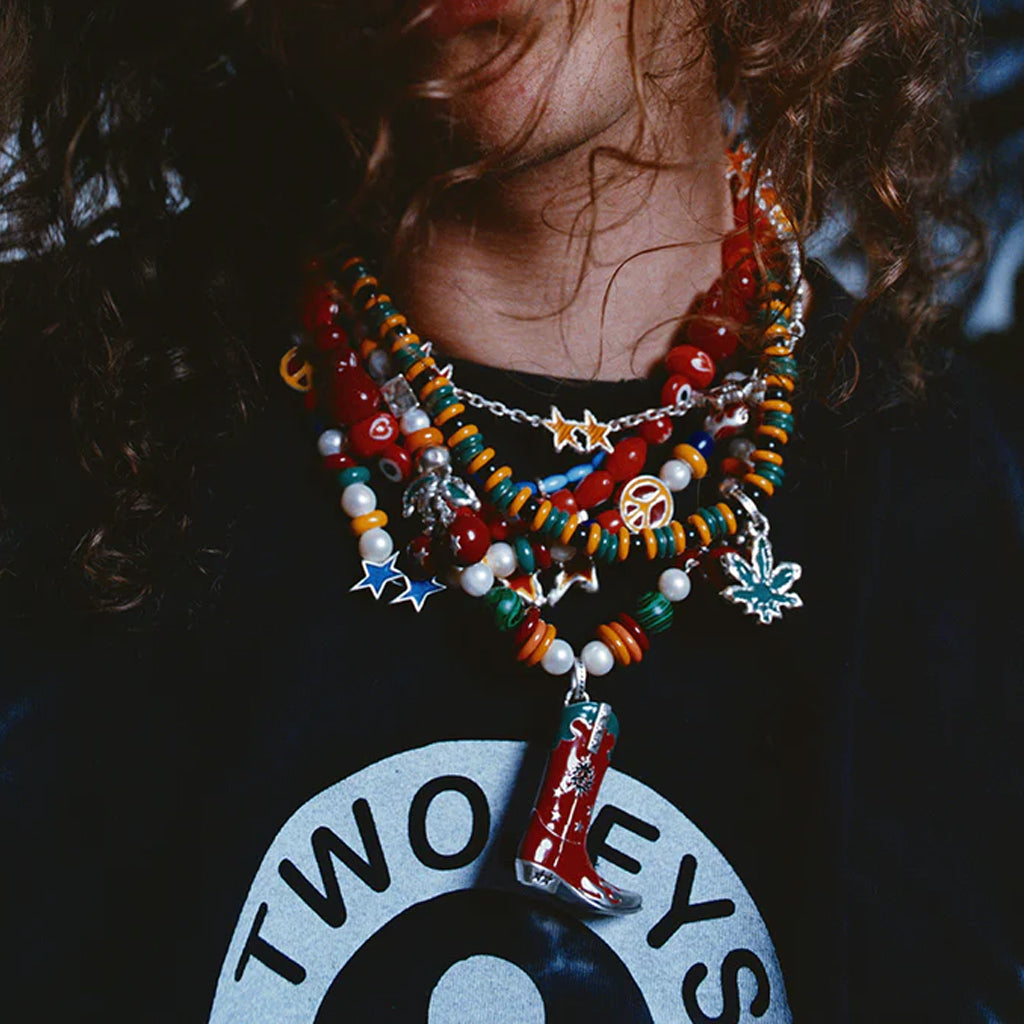The first written legacy about the history of surfing is found in the journal of James Cook, the European captain who discovered not only new lands but also surfing.
The colonization of Hawaii began shortly thereafter by Christian missionaries. The approach to life was remarkable before, but much has changed since the settlement. Hawaiians were expected to wear suits and visit church frequently, and children were expected to go to school. Surfing lost its strong influence during this time, but it never completely disappeared.
The most famous pioneers such as Mark Twain or Jack London, both well-known authors of travel books, reported on this sport among the waves and aroused great interest among the population. The history of surfing continues and more and more tourists try their hand at the new sport. Over time, the first surf clubs arose and beach boys became lifeguards to ensure the safety of the beaches.
The most famous surfer was Duke Kahanamoku, born in 1890. "The Duke" was a talented swimmer and obviously one of the best surfers in the Hawaiian Islands. In 1912 he took part in the Olympic Games in Stockholm and won the 100-meter freestyle, also because of the crawl technique he had copied from surfing. After his success, he traveled all over the world and introduced surfing to all regions where the conditions made it possible, e.g. in Australia or California .
When Hawaii joined the United States as the 51st state, tourism to the islands exploded like never before.
Not only the surfing itself, but also the tools have changed a lot over time, such as laminated fins covered with fiberglass. These innovations made incredible maneuvers possible. In the early 1950s Jack O'Neill invented the first wetsuit that protected surfers from the cold waters of California. The big surfing boom came a decade later. Due to the wetsuit and smaller boards that had radical curves, surfing became a mass sport. Hollywood movies like "Gidget" and "Endless Summer" that showed surfing and its lifestyle also made the sport bigger and bigger.












